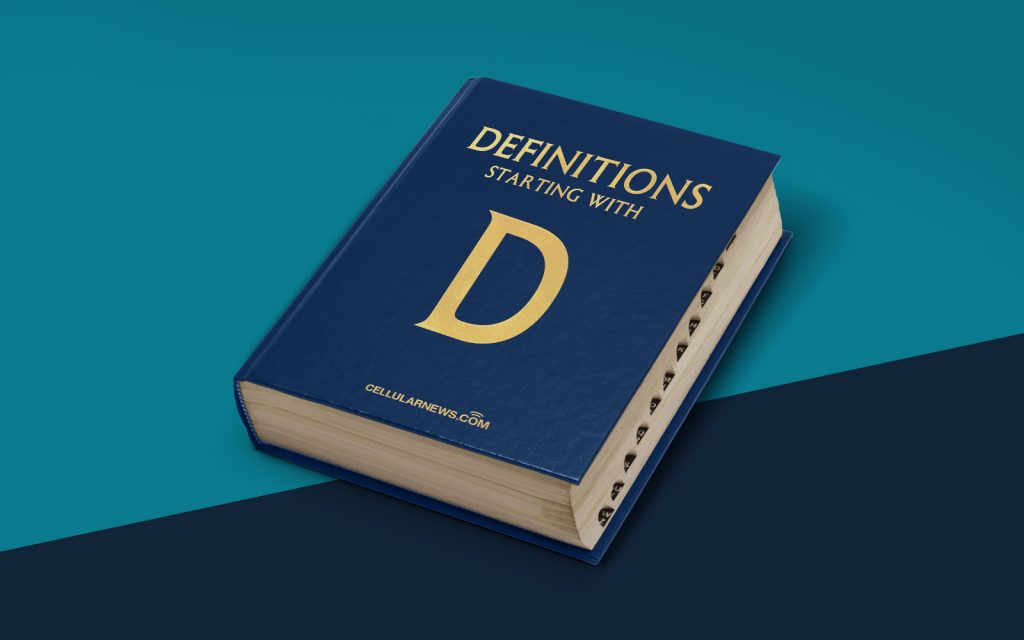
What is Design Web Format (DWF)? A Comprehensive Guide
Welcome to the “DEFINITIONS” category on our blog, where we delve into the world of design and technology to help you understand important terms and concepts. In this blog post, we will explore the Design Web Format (DWF) and its significance in the world of digital design. So, let’s dive in and unravel the mysteries of this widely-used file format!
Key Takeaways:
- Design Web Format (DWF) is a file format that allows designers to share complex 2D and 3D design data with others.
- DWF files are highly compressed and can be opened with Autodesk’s Design Review software, providing a lightweight and interactive view of the designs.
Design Web Format, commonly known as DWF, is a file format that revolutionized the way designers share their work with clients, colleagues, and stakeholders. Developed by Autodesk, the creators of popular design software like AutoCAD and Revit, DWF enables the efficient transfer of complex 2D and 3D design data.
So, what makes DWF different from other file formats? Unlike traditional design file formats, such as DWG or DXF, which can be large and cumbersome, DWF files are highly compressed. This means that the files are much smaller in size, making them easy to email and store. Additionally, DWF files can be opened and viewed with Autodesk’s free Design Review software, which provides a lightweight and interactive way to explore the designs.
DWF files offer numerous advantages to design professionals. Let’s explore some of the key benefits:
- Easy Collaboration: DWF files allow designers to share their work with clients, colleagues, and stakeholders without the need for design software. This ensures that everyone involved in the project can view and provide feedback on the designs, even if they don’t have access to the original design software.
- Preservation of Design Intent: DWF files preserve the original design intent by capturing the visual fidelity, layer information, and scale of the designs. This ensures that the intended message of the design is conveyed accurately.
- Protection of Intellectual Property: As DWF files are read-only, they protect the intellectual property of the designers by preventing unauthorized modifications to the design. This gives designers peace of mind when sharing their work.
- Efficient Design Review Process: The interactive features of DWF files, such as markups and annotations, streamline the design review process. Stakeholders can easily provide feedback and collaborate with designers, saving time and effort.
In conclusion, the Design Web Format (DWF) is a powerful file format that enhances collaboration, streamlines design review processes, and protects the intellectual property of designers. Its compact size and compatibility with Autodesk’s Design Review software make it a popular choice among design professionals.
Whether you are a designer looking to share your work or a stakeholder wanting to view and provide feedback on designs, understanding DWF can greatly benefit you. So, embrace this innovative file format and unlock the full potential of your designs!
